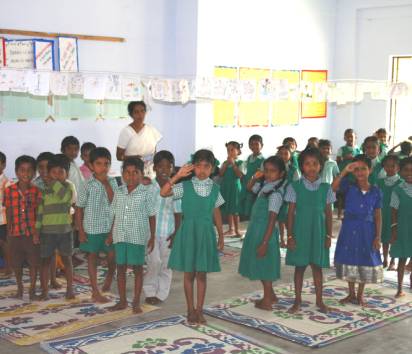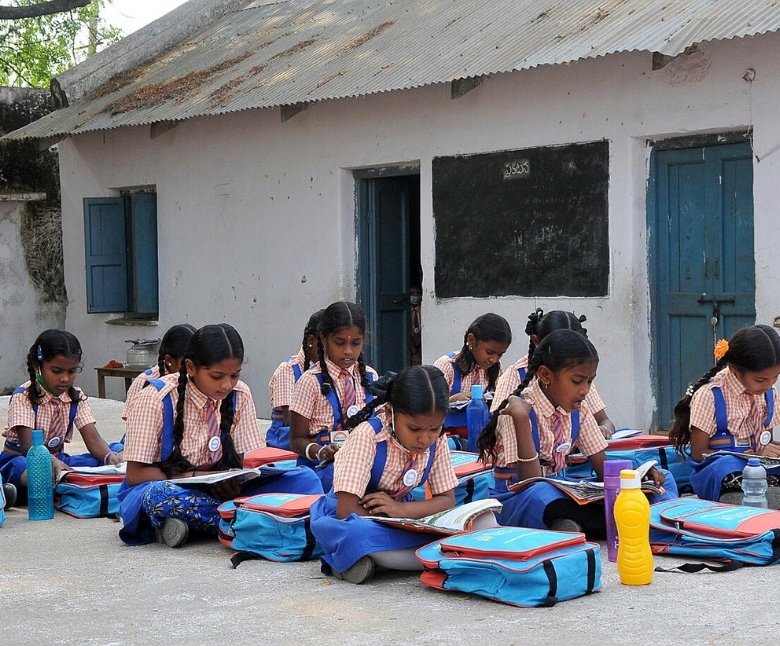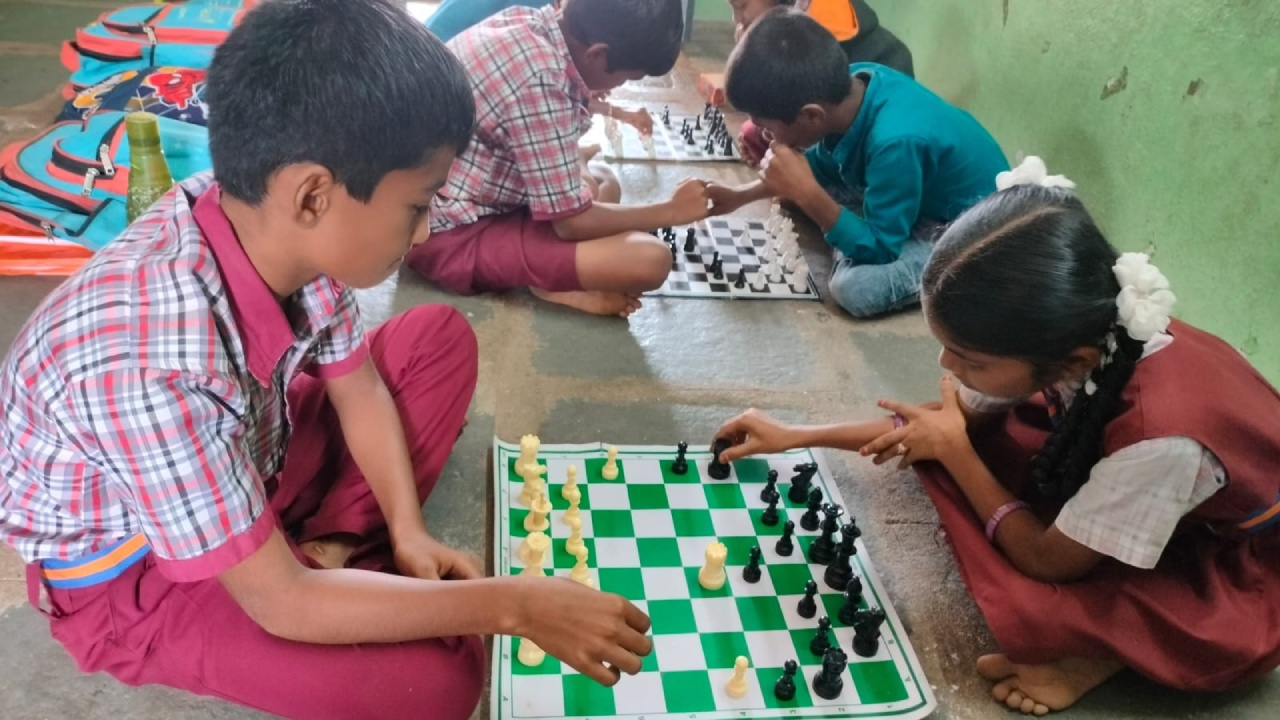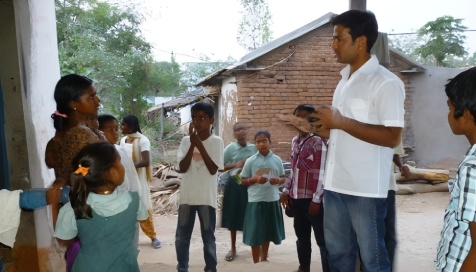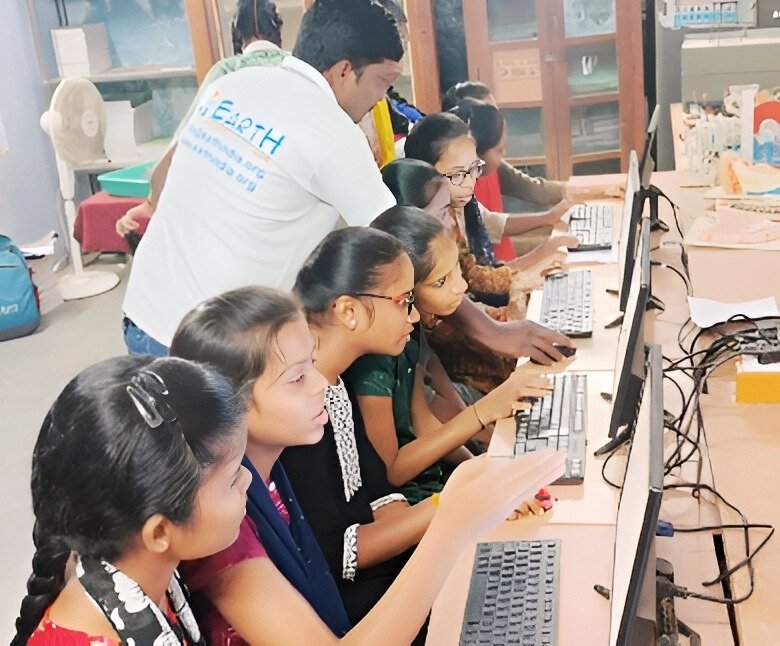Kakandi Village
Kakandi, a vibrant village in Maharashtra’s Nanded district with 6,000 people, is home to schools and Anganwadi centers supporting children’s education.The government school serves 223 students with dedicated teachers and classrooms but still awaits a playground.
Empowering Rural India
Through Holistic Education
Kakandi is a vibrant village in Nanded district, Maharashtra, with a population of nearly 6,000 people across 350 households. The village has two private high schools, one government school, and four Anganwadi centers that support early childhood learning. The government school educates 223 students from grades 1 to 7, managed by five teachers across seven classrooms. While the school is functional and active, it still lacks a playground, limiting outdoor learning and sports activities.
Kakandi was adopted by EArtH Foundation to strengthen academics, build life skills, and create a supportive learning environment for childre
Celebrating Our Students Achievements
Students show steady improvement in academics, actively participate in arts, sports, and yoga, and have represented the village in district-level events.


